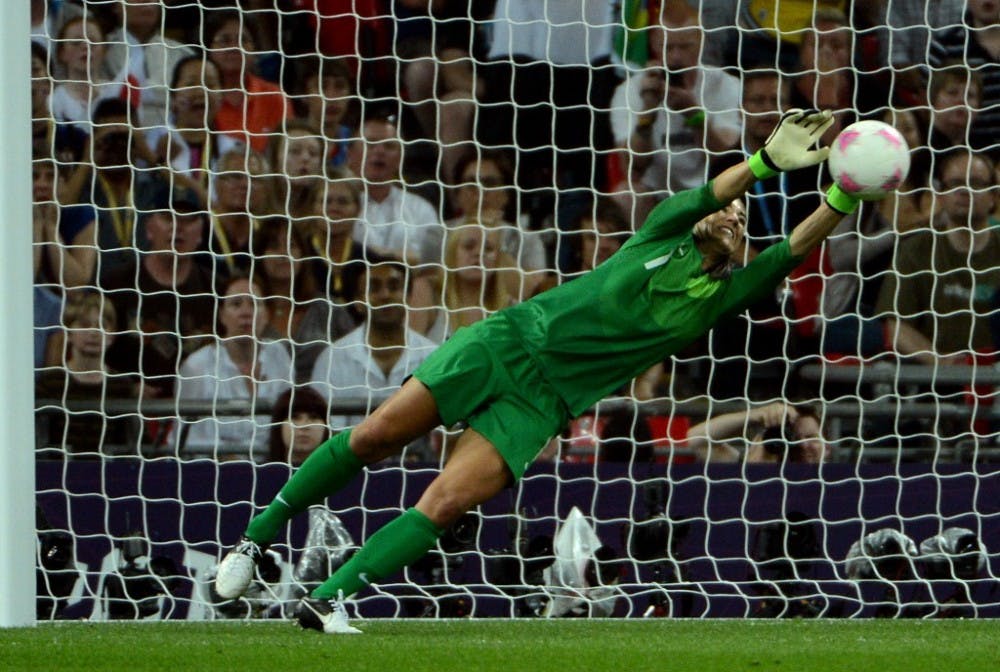The National Women’s Soccer League, which opened up regular season play three weeks ago, is currently in its second year running. This league is U.S. soccer’s third attempt at building a women’s professional soccer league since 1999.
Historically, it hasn’t always been the greatest success and some major flaws have led to the league’s downfall, even with pulses of popularity that surround the Summer Olympics and FIFA Women’s World Cup. Overall, the popularity and financial support isn’t usually there, but this new league might actually have a chance at survival.
For years, the options have been limited for female professional players in the U.S., but if the NWSL can stay afloat, there is sure to be an influx of players and fans hopping on board. And there is hope, as officials have learned from the missteps of past leagues, with more teams and partnerships, and are making strides of their own with a new business model, making the future of the NWSL look promising.
The NWSL is looking at major changes from past years, including venue locations. Instead of trying to fill MLS stadiums, which is simply unrealistic with the current fan base, teams are opting to play in smaller stadiums with more local appeal to manage costs. The Boston Breakers are playing on Harvard University’s field, the Washington Spirit at Maryland Soccerplex, which can hold 5,200 people, and the Seattle Reign are at Memorial Stadium, which can hold an audience of 6,000. These small stadiums are increasing attendance and aren’t as expensive to maintain or rent out, which is key for the success of the new league.
Another key difference that this league is benefitting from is that U.S. Soccer, the sport’s governing body in the U.S., is financing the U.S. national team players that are the best and most expensive players in the league. This takes a lot of pressure off of teams budget-wise and allows them to invest more in other players.
U.S. women’s professional soccer is on the rise and the stability of this new league is essential to that environment if it expects to continue to grow. There are more players pursuing professional soccer as a career now then ever before, and the prestigious title of playing for a team in the U.S. is becoming a viable option for talented college players today. Approximately 32,765 female players are currently participating in college soccer. And due to the application of Title IX, women's soccer is one of the fastest growing intercollegiate sports. Although only one in 986 college players are drafted to the NWSL, many other college players are seeking a professional contract by coming up through the ranks by joining lower-tier teams across the country. Two of those players are Elon University women’s soccer standouts Olivia Mackey and Kimmie Krauss who made their professional debut April 25, each playing 45 minutes for the Seattle Sounders, a W-League team. Seattle is a hot bed for professional sports and the Seattle Reign FC is filled with top-level players including Meghan Rapinoe, Hope Solo, and Sydney Leruoux.
It’s an exciting time for college players as this league continues to grow and pursuing a professional soccer career in the U.S. Although players are only getting paid between $6,000 and $30,000, and most are on the low end of that scale, they are able to live out their dream and take the field at the professional level. The survival of the NWSL is necessary in maintaining a women’s professional soccer culture in the United States and keeping the dream alive for college players.


